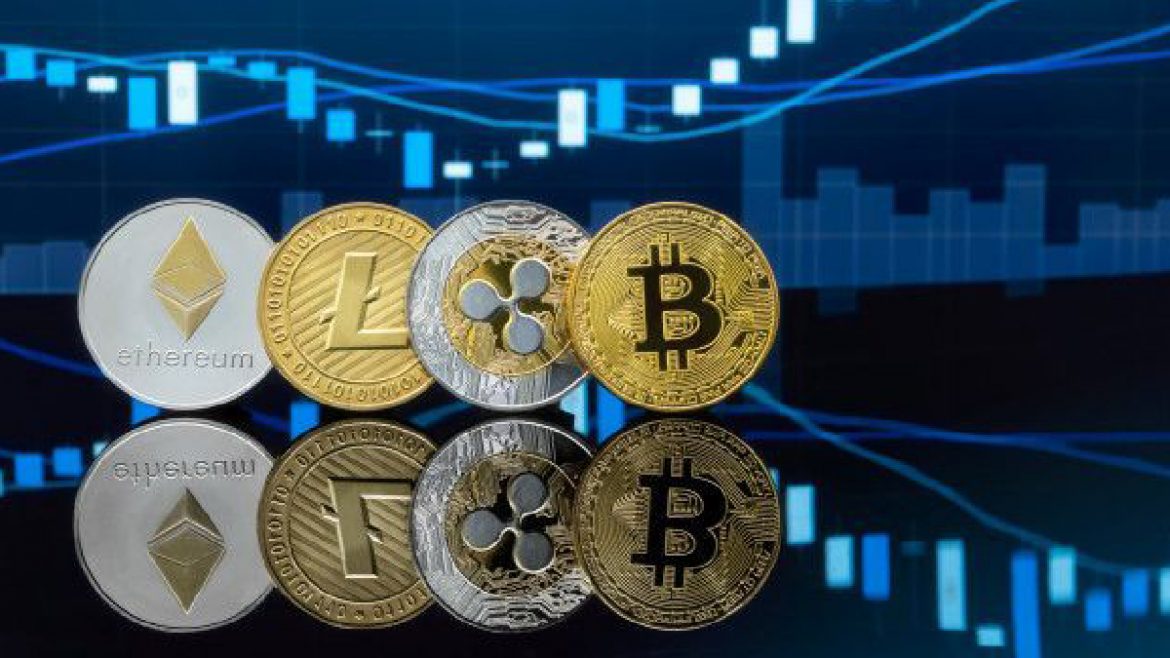The crypto industry has over 2308 altcoins and tokens, and almost every month hundreds of new tokens are added to the market. With every new token, there’s a promise of innovation, changing the industry and the crypto ecosystem. With so many options, it gets overwhelming to pick a token to buy. However, it doesn’t have to be challenging, and you can pick tokens that suit your financial goals and risk appetite. There is no right or wrong token, but there’s always the best-suited tokens for different portfolios. So let’s dive into this and go over facts and investment opportunities in Bitcoin and Altcoins.
Why Altcoins?
Bitcoin dominates the cryptocurrency market and stands out as a hugely successful token. However, the underlying technology is mostly outdated and doesn’t serve the purpose of real-world problem-solving. Bitcoin has been the cryptocurrency poster child for as long as we can remember. It was created in 2009 by a group of anonymous developers/ developer who goes by the name – Satoshi Nakamoto.
Nakamoto’s purpose was to bank the unbanked. However, the team behind Bitcoin remained anonymous and the task of taking the legacy forward fell on the shoulders of developers and the community on the internet. Several improvements and changes have been suggested in the Bitcoin source code and they tackle the challenges faced by the Bitcoin network.
and these have been implemented through a fork, like Ripple.
Blockchain technology has several features that make it easy to recreate for different industries and use cases, and this has been a leading contributor to the rise in altcoins and Tokens.
Blockchain and Bitcoin enthusiasts have created tokens for solving challenges faced by the SAS industry, Supply-chain, Operations, Quality Analysis, and Identity Management. As a result, we now have an abundance of altcoins on the market.
Challenges in the Bitcoin Network
Although Bitcoin undoubtedly has a host of advantages, it has its flaws like high transaction fees. Since miners choose the transactions that they process, they choose the ones with higher fees. Bitcoin was originally meant to have low transaction fees for driving its adoption. There have been increasing concerns on the heavy energy consumption that Bitcoin mining requires, and the world needs ‘eco-friendly’ alternatives.
Altcoins: The faster and cheaper alternative
Altcoins like Ethereum, Ripple, Bitcoin Cash, EOS, Stellar Lumens and Litecoin rank in top 25 cryptocurrencies according to market capitalization. The problems solved by these altcoins required faster transactions and low fees. Each altcoin offers something different. When the Bitcoin network is congested, altcoins are an option to fall back on. Most of the altcoins function uniquely and a Bitcoin blockchain could never serve the same purpose as them. For instance, Po.et (POE) is built around a platform where publishers and content creators can easily manage their licensing. These altcoins are well adjusted to innovation in technology.
While altcoins are tackling challenges effectively, their relative lack of exposure limits the scope for growth in their demand and price. Few altcoins like Ripple, Litecoin, and Bitcoin cash have great demand but others simply do not. Moreover, there is a limited number of outlets and ways in which you can use many altcoins as they simply are not accepted as widely as Bitcoin.
Bitcoin is the largest currency according to market capitalization and supply, that doesn’t mean that altcoins are worthless. The best bet is to diversify your portfolio and purchase some Bitcoin as well as altcoins that rank in the top 25. The purpose of diversifying is to minimize exposure to risk and make an informed investment.
